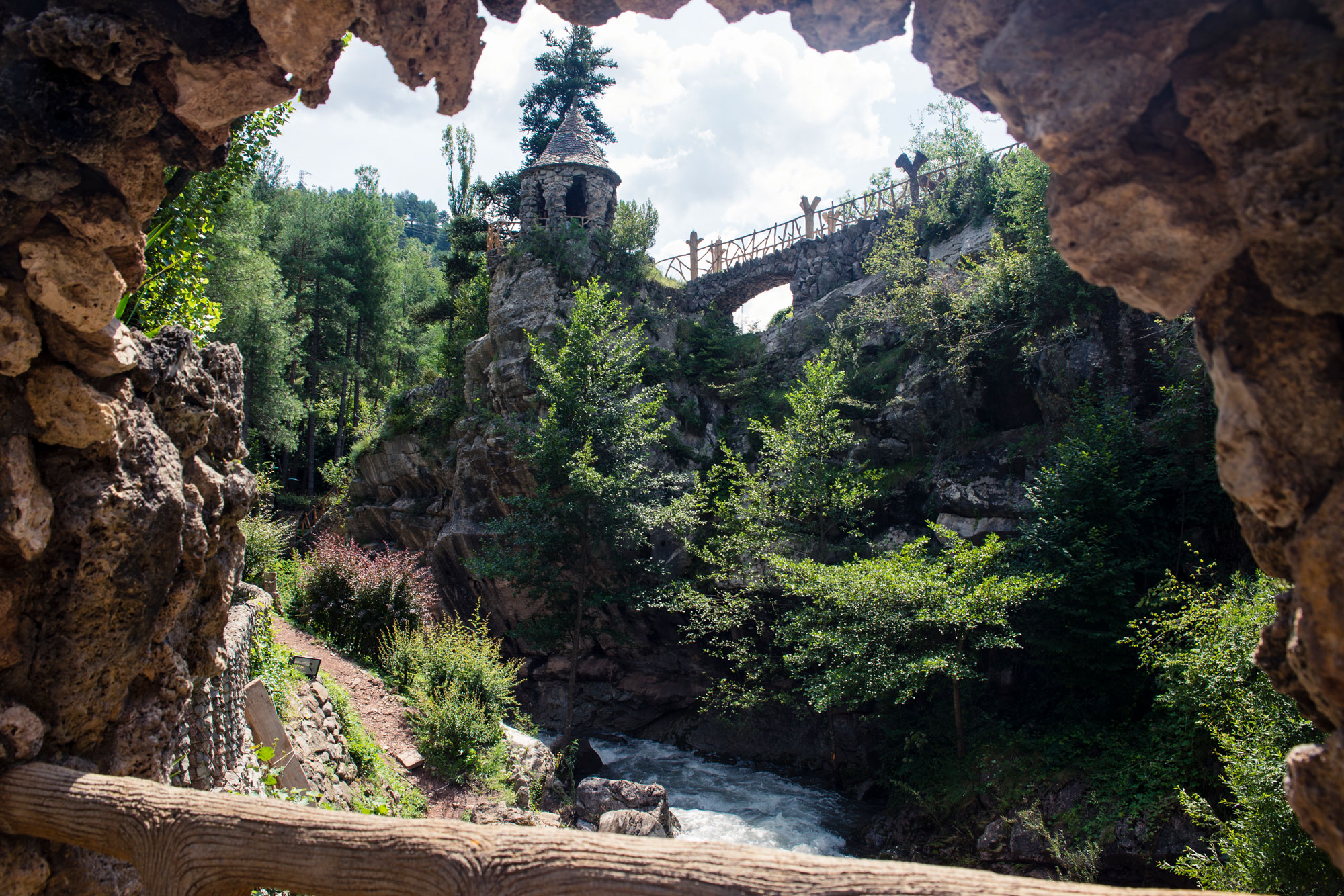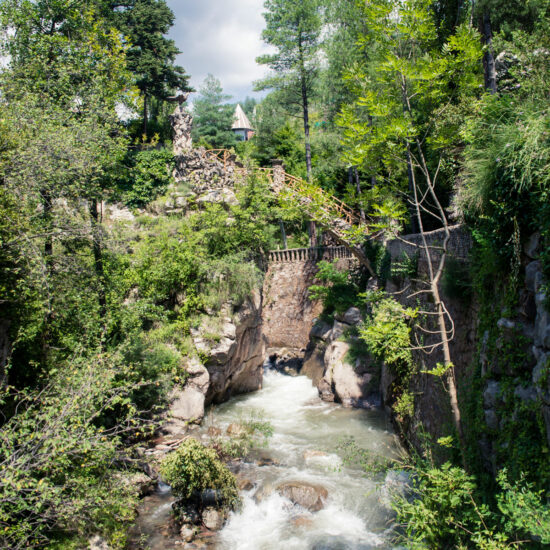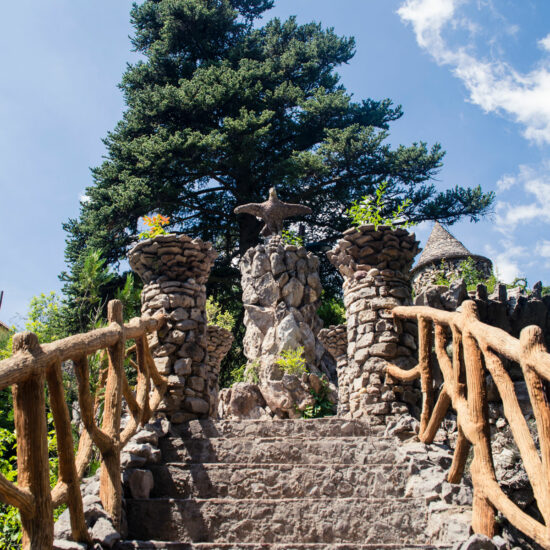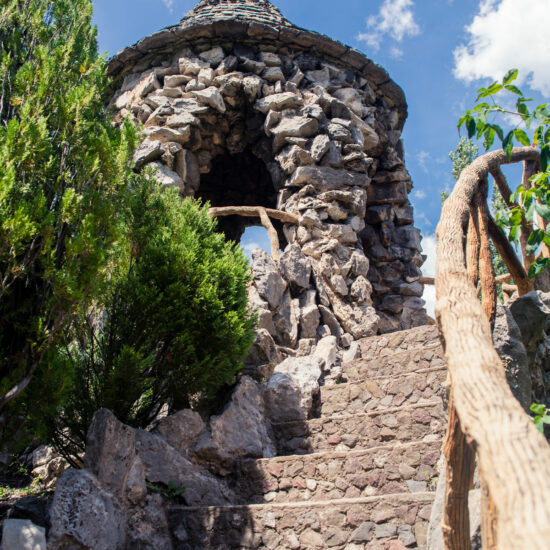1. The Artigas gardens
Welcome to la Pobla de Lillet and Artigas Gardens.
Before we begin to talk about the gardens, we would like to give you some historical context. Our village, located in a valley at the feet of the Pre-Pyrenees, underwent a great transformation during the Industrial Revolution. Its peaceful nature and lifestyle, mainly based on livestock and farming, became enthusiastic with the arrival of the first factories at the end of the 19th century and the beginning of the 20th century.
It was in this moment, more precisely in the year 1901, when Eusebi Güell arrived at the place of El Clot del Moro (located in the municipality of Castellar de N’Hug) to establish the first Portland cement factory of Catalonia, the Asland factory.
There were three reasons that drove him to consider this location as an appropriate place for the building of a cement factory. The first one was water. The proximity of the river Llobregat allowed to make use of its hydraulic energy to move the gear assembly of this big factory. The second reason was limestone, very abundant in the area and raw material to produce cement. And the third reason was coal, the fuel necessary for the furnaces and which was extracted from the numerous mines located in the Catllaràs mountain range.
The location of these mines, 14 km away from La Pobla de Lillet, made the commute to and from work of the engineers and workers very difficult. This was the reason why Eusebi Güell requested Antoni Gaudí the construction of a cottage in the Catllaràs mountain range, whose purpose would be to accommodate these workers.
When the architect arrived at La Pobla de Lillet, Eusebi Güell had not finished his house at Clot del Moro yet. So, Gaudí was hosted by the Artigas family, an upper-class family of la Pobla de Lillet, owner of a textile factory and whom Güell had befriended.
During his stay, Gaudí saw that the Artigas owned land in front of the house. When it was time to leave, he wanted to pay them back for their hospitality and kindness, but the family did not accept his money. So, he decided to gift them with the design of a garden for that piece of land that had caught his attention so much. That is how the Artigas gardens were born: they were a present for the received hospitality.
The works of the gardens began the spring of 1903 and finished in 1905. They were initially supervised by two master builders sent from Parc Güell by Gaudí himself, and they were in charge of teaching the local construction workers for two months.
During the Spanish Civil War, and for causes that even today are unknown, the house and the textile factory were burned down. This made the Artigas family make the decision of moving to Barcelona and, as a direct consequence, it caused the abandonment of the gardens for many years for lack of maintenance. It was not until 1989 that the townhall of La Pobla de Lillet and the Càtedra Gaudí (an institution dedicated to documentation and conservation of Gaudí’s works) began negotiations for the restoration and recognition of the Artigas gardens as work of the genius architect.
The restoration works began in 1992 and finished in 1997, offering the current aspect of the gardens.
-
Included1. The Artigas gardens
-
Not IncludedBreakfast serviceBar / Coffee shopAssistance animals acceptedCredit card paymentReduced mobility accessHalf board service (breakfast+lunch or dinner)Central locationOwn parkingSwimming poolIronHair dryerTelevisionHeatingAir conditioningWifi zoneGarden / green areaPlaygroundBarbecueFireplaceSpaConference roomWashing machine/ laundry serviceLiftTelephoneTerracePets are accepted

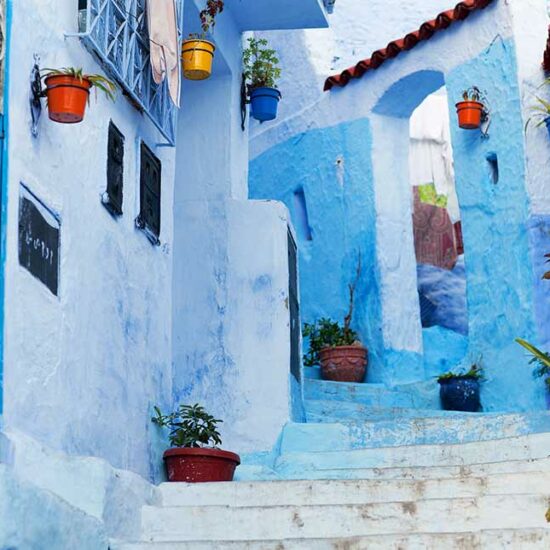

 English
English French
French

